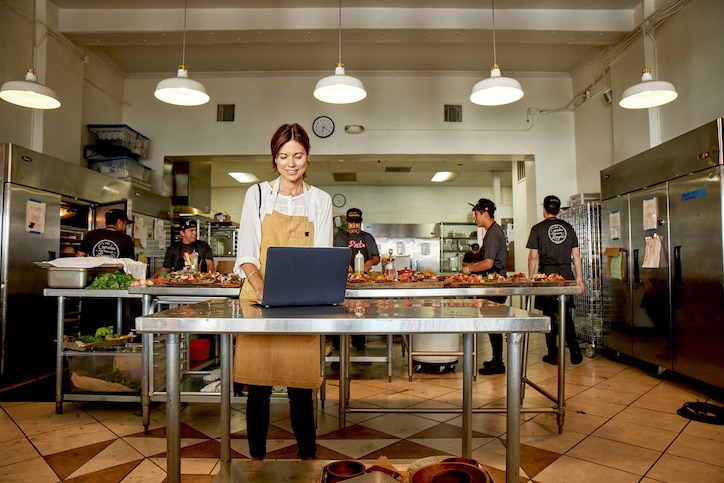As a family in New York stocks up on groceries and eats yet another meal at home, the local Starbucks cancels their milk order with a dairy distributor in Cleveland. With up to one-third of their orders canceled, the dairy distributor has reached maximum storage capacity and stops picking up milk from a dairy farmer in rural Ohio. The farmer is forced to dump 31,000 gallons of milk into a lagoon on his farm. Meanwhile, a grocery store back in New York is facing a milk stockout as household demand skyrockets.
This is just one example of how the COVID-19 public health crisis has upended supply chains in the food and beverage industry. Demand has fallen in some areas, such as bulk purchase items for restaurants and schools, while there has been an increased need for shelf-stable household packaged goods.
With volatile demand and upstream supply chain disruption, wholesalers and distributors are adjusting sales targets, revising procurement planning, reconsidering production schedules, and repackaging items for different markets.
With business challenges revealed by COVID-19, now is the time to evaluate current business processes and identify where improvements can be made.
By working to be more accurate and agile, companies can strengthen their ability to weather current uncertainty and position themselves for a strong recovery when pandemic circumstances pass.
Here, we go over three key business challenges and how to approach them.











